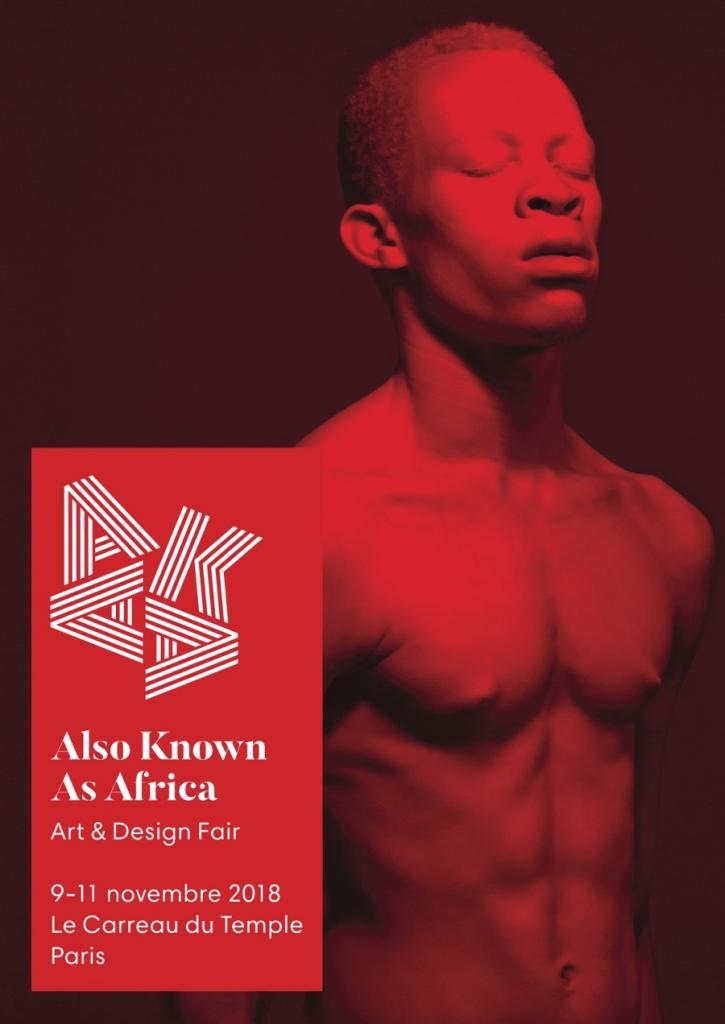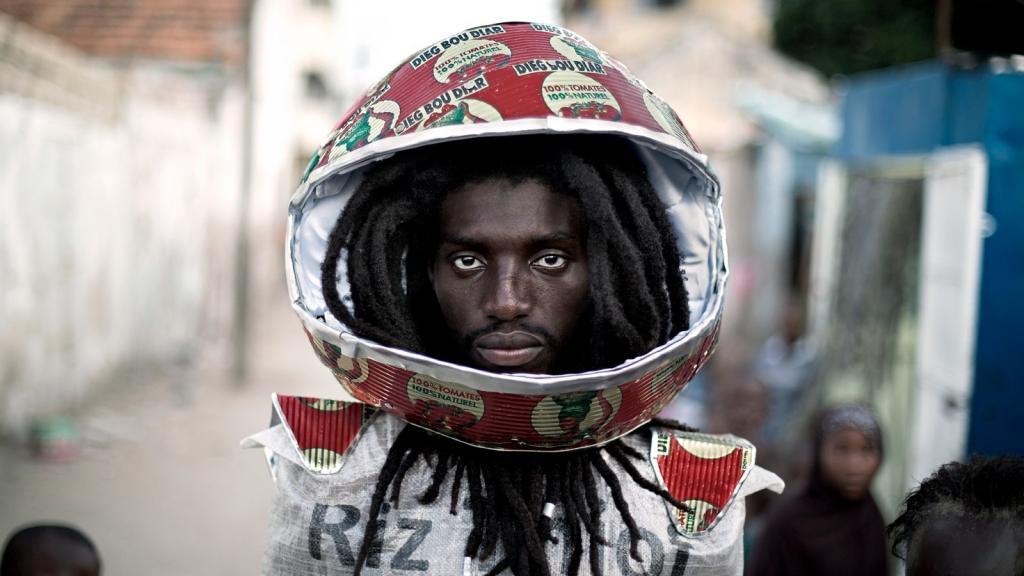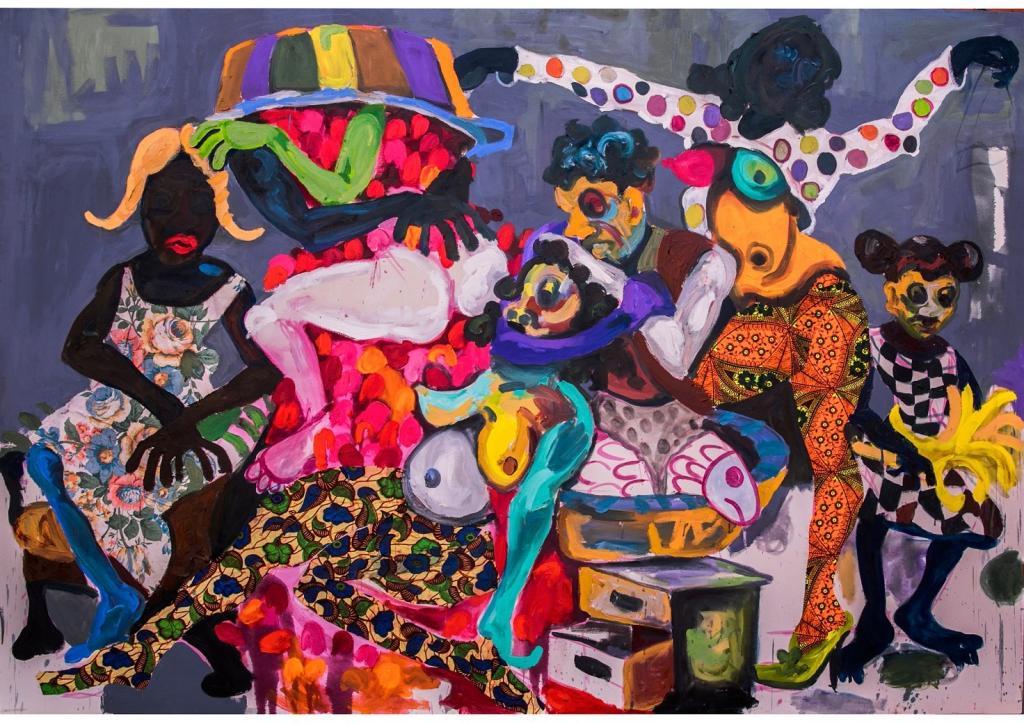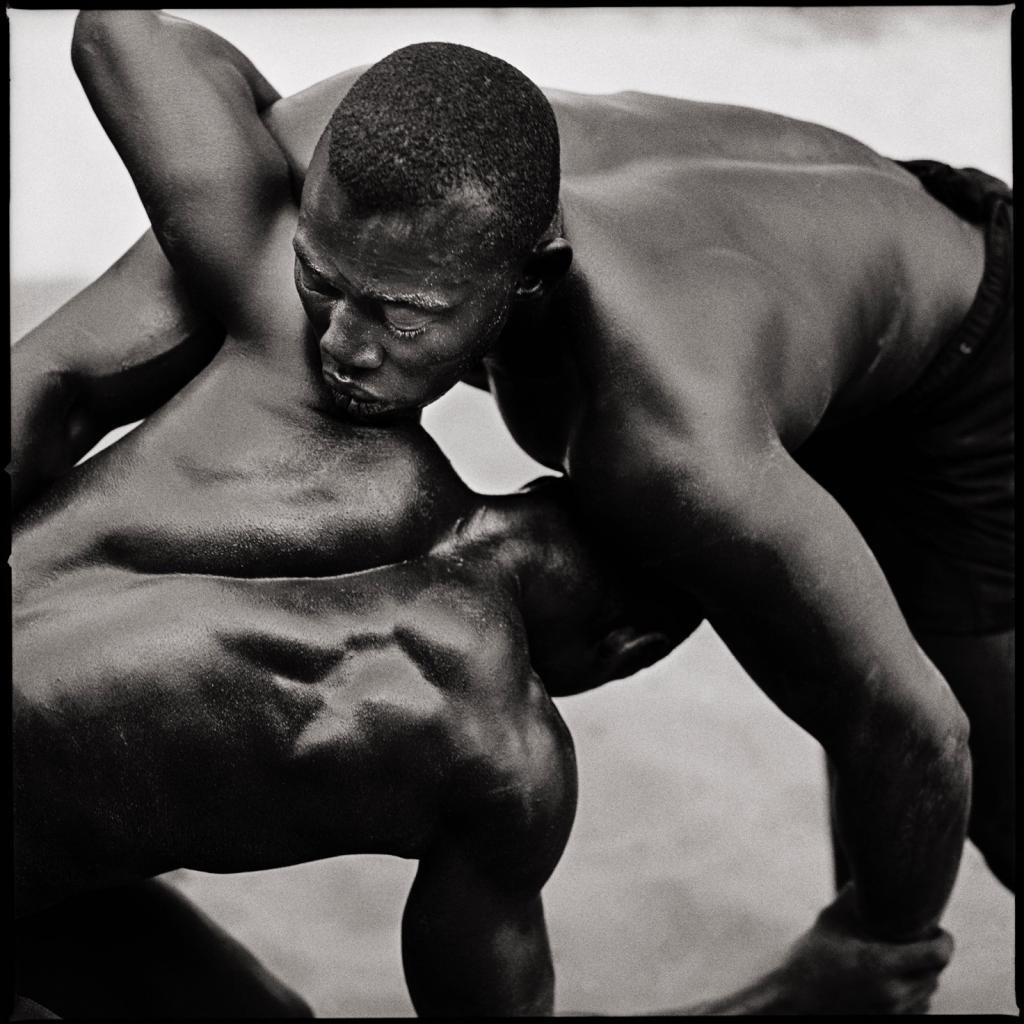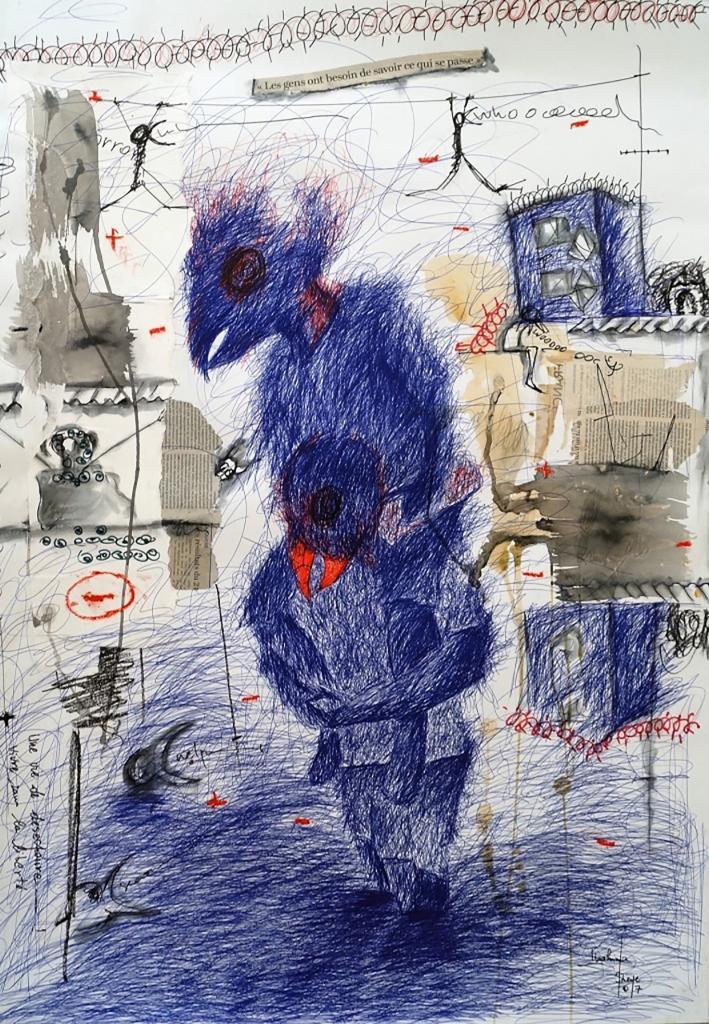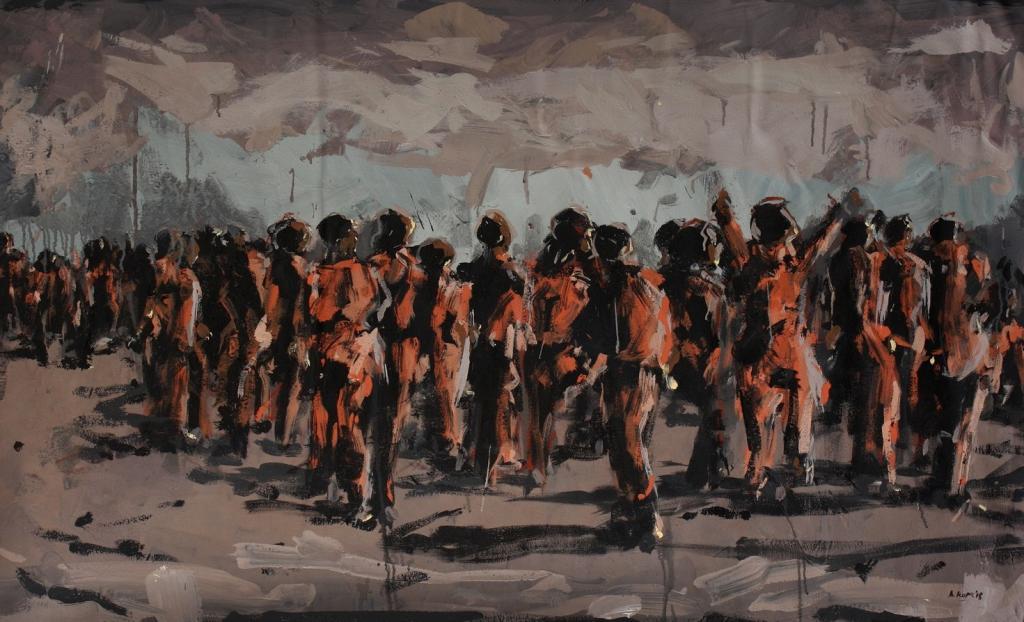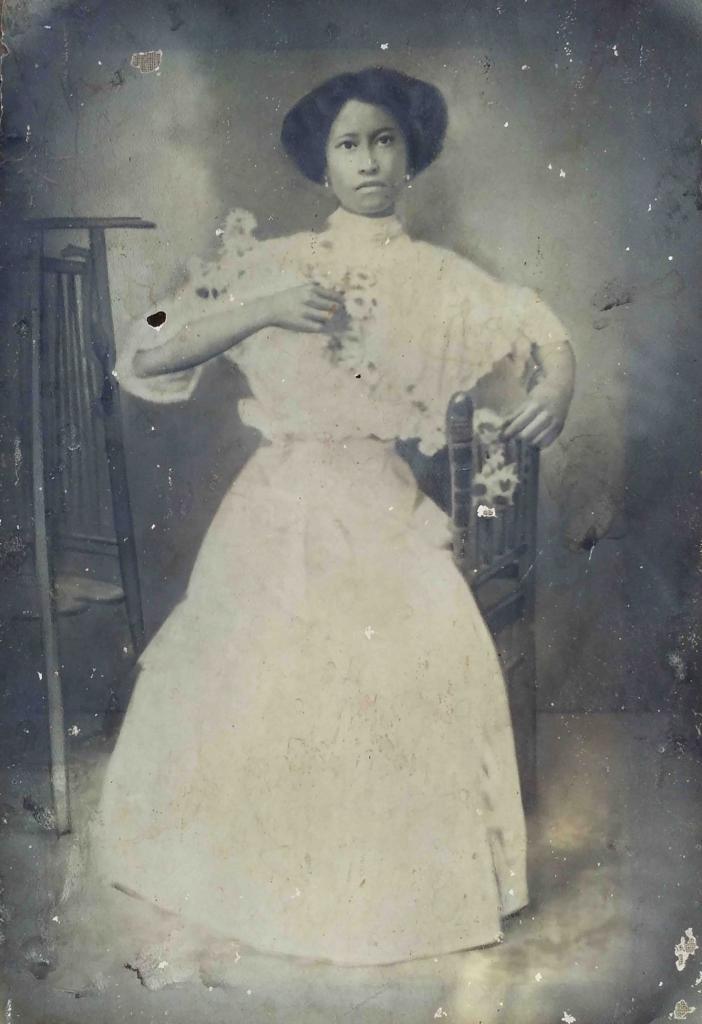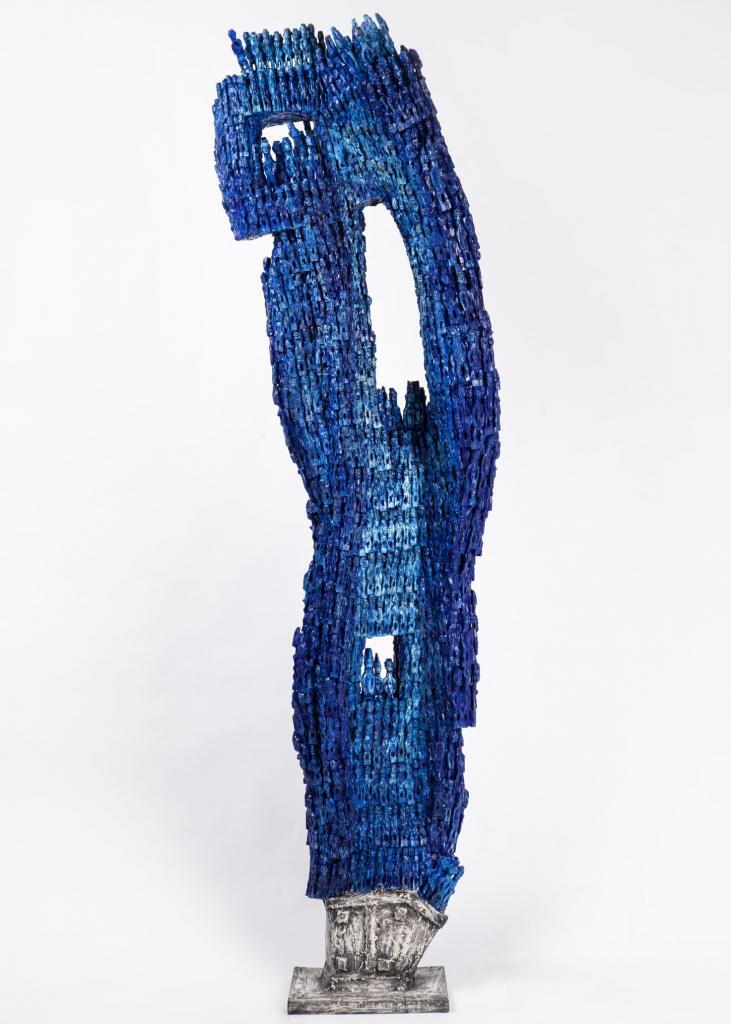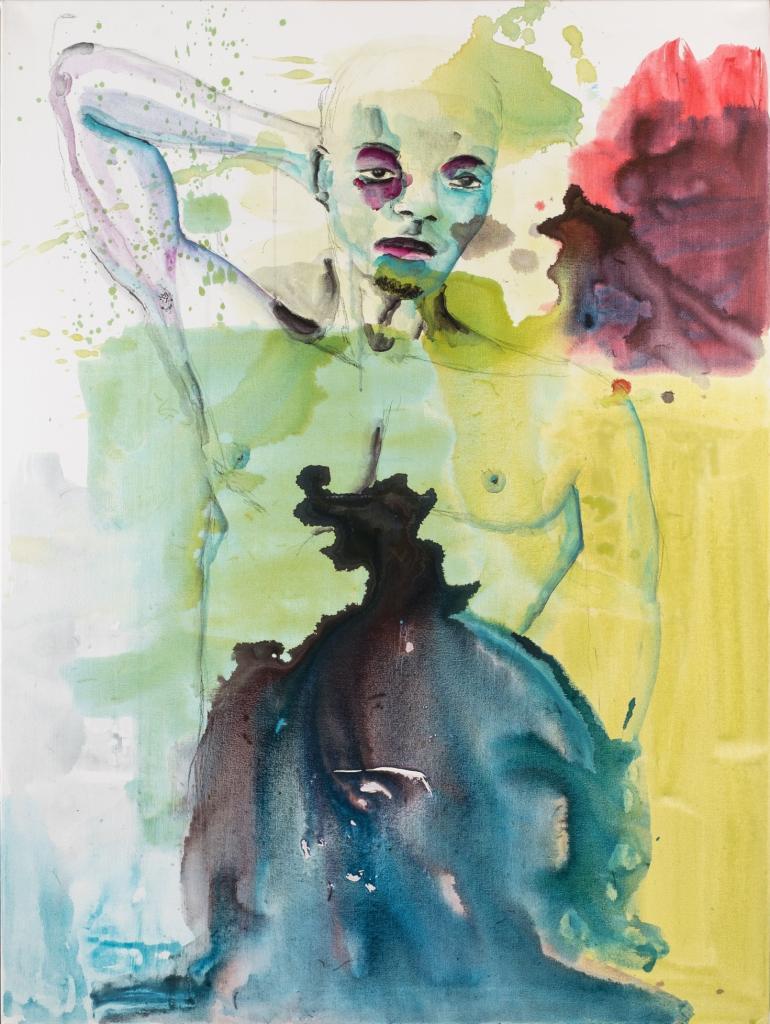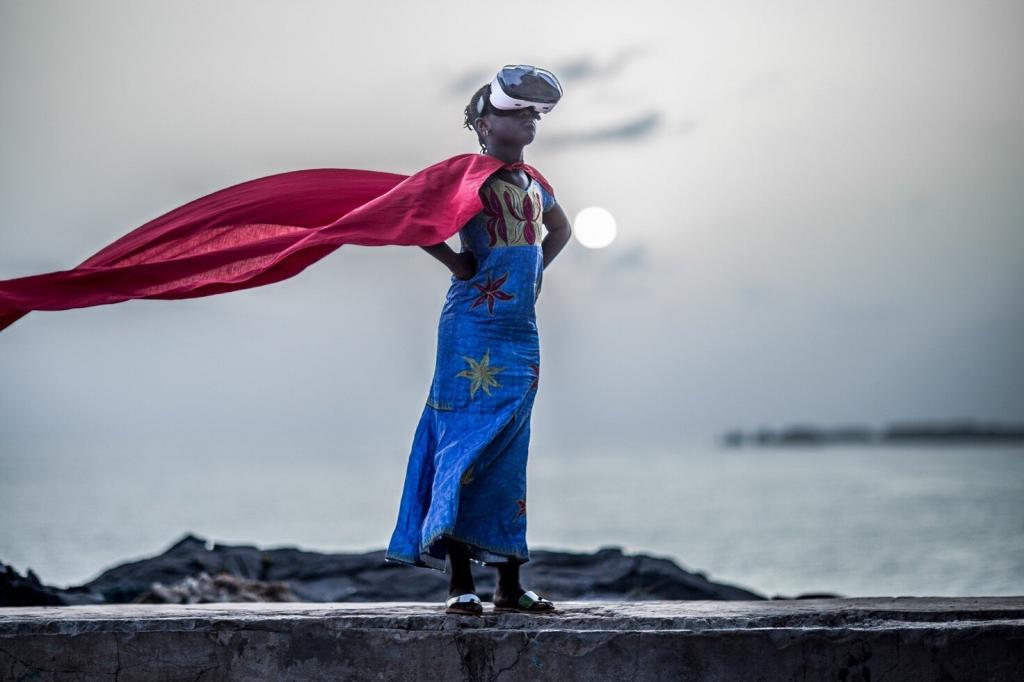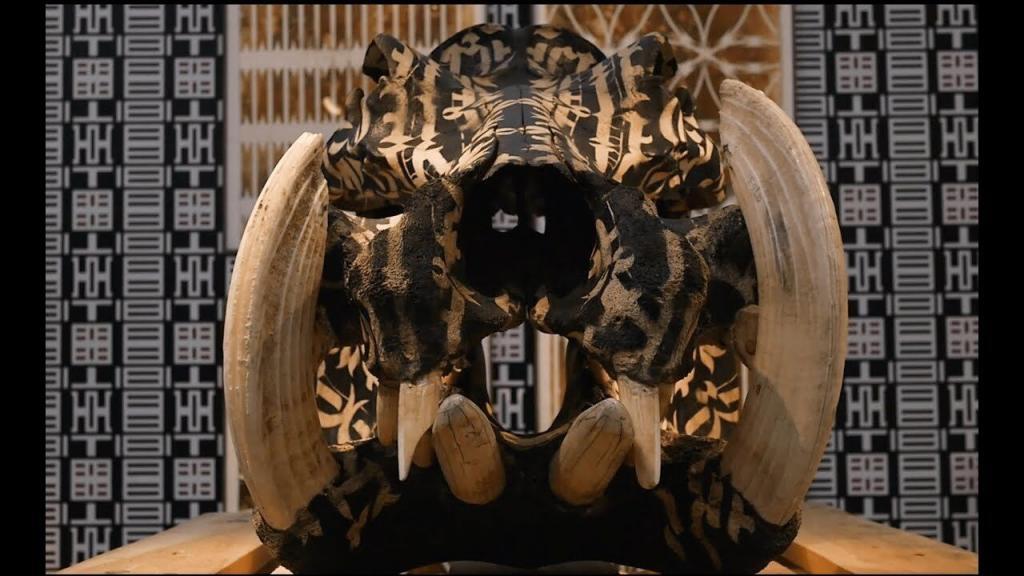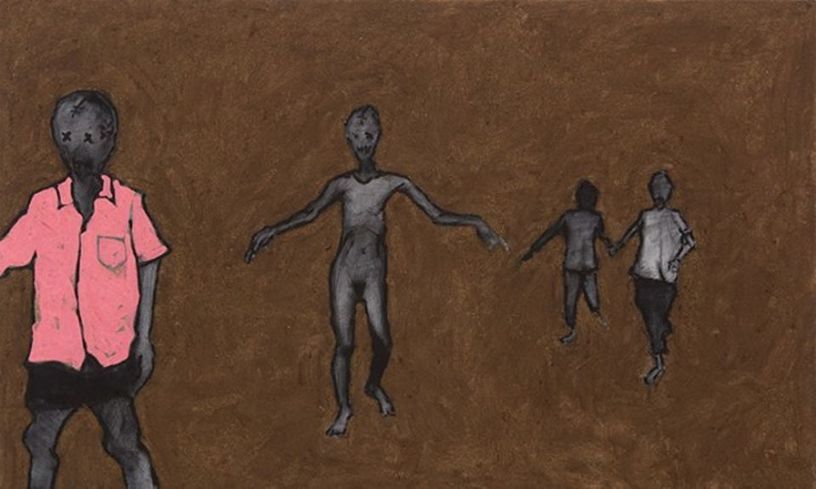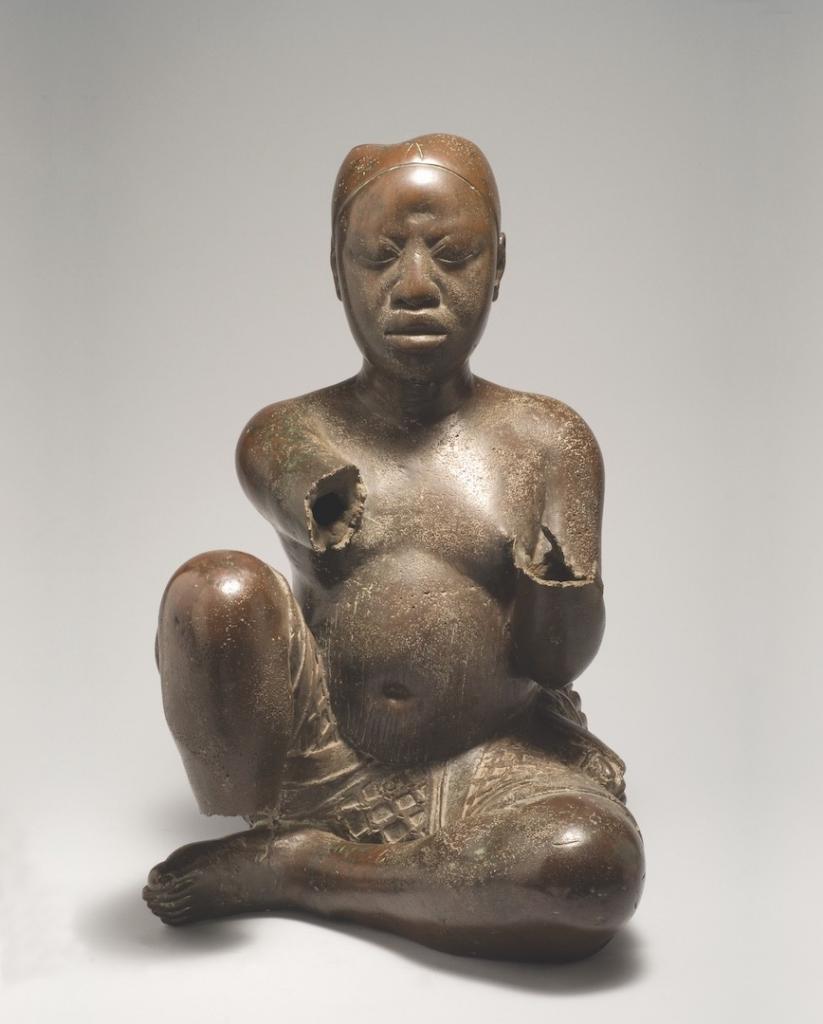AKAA, looking towards a plural Africa
The AKAA fair returns for the third consecutive time to “Carreau duTemple”, from 9 to 11 November 2018. An overview of this new edition, which is moving up the range to meet the strong competition from its colleague 1-54, which has taken up the challenge of internationalisation.
This year, for the AKAA fair teams, the key words are openness, dialogue and relationship. “The evolution we are giving to the fair is to seek a dialogue beyond Africa, in the global South,” says Victoria Mann, the show’s founder. It was already in our DNA to promote artists who create a dialogue between Africa and the rest of the world, especially through artists from diasporas, but we want to deepen this, to map contemporary art in a new way, by probing Africa’s links with Asia, Latin America, etc. “All this as if to underline that an identity is not linked to a territory, but to the relationships that its actors maintain within it, among themselves and with elsewhere, with the elsewhere. A project considered by some to be a catch-all, but basically modern.
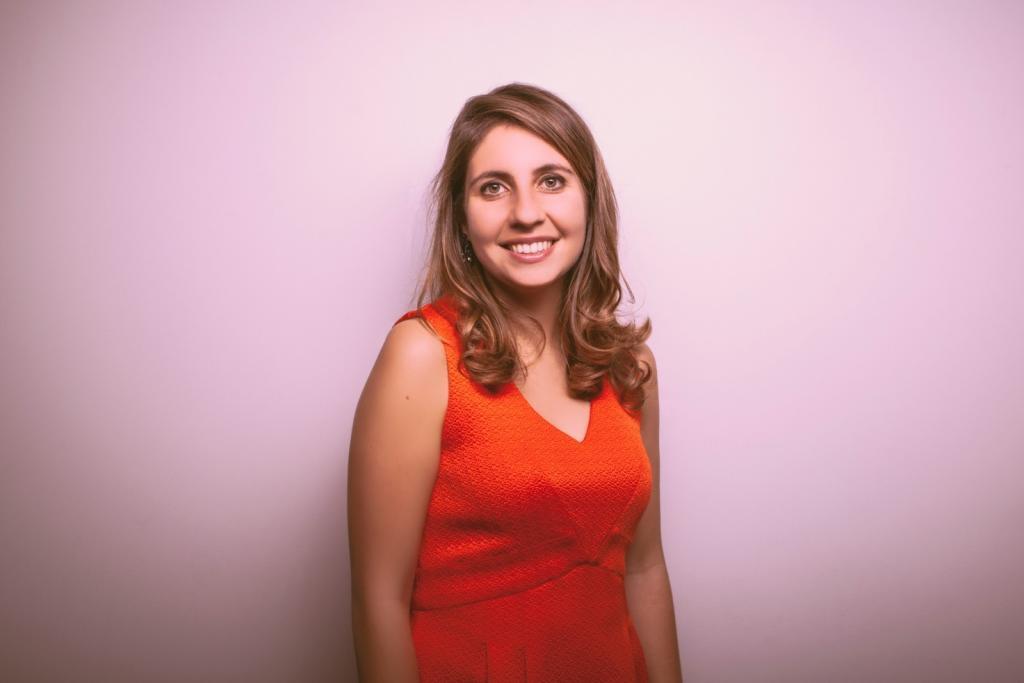
Listening to Victoria Mann, one can feel the thoughts of a Edouard Glissant on the creolization of the world. “The world is becoming creolized, that is, the cultures of the world brought into contact with each other in a lightning-fast and absolutely conscious way today are changing by exchanging themselves through irremissible clashes, merciless wars but also advances in consciousness and hope that allow us to say – without being utopian, or rather, by accepting to be so – that the humanities of today hardly abandon something to which they have long persisted, namely that the identity of a being is only valid and recognizable if it is exclusive of the identity of all other possible beings,” he wrote in his Introduction to a poetics of the diverse (1995).
Geographical, thematic openings….
This will include the work of Kyu Sang Lee, a Korean photographer living between Berlin and Cape Town, but also other artists who are not strictly from Africa or its diasporas. The stand of the Vallois gallery will welcome Cuban artists, Jorge Luis Miranda Carracedo and Daldo Marte in particular, through a curatorial project entitled “Benin / Cuba”. “We are looking for bridges and confrontations between regions,” observes Victoria Mann. Another “statement” not to be missed is the one from the ARTCO gallery.
“Unleashed” is a four-handed project between the famous South African artist Roger Ballen, photographer of the broken and the left behind, and the illustrator Hans Lemmen – exhibited at the Musée de la Chasse in Paris last year, and further developed by the two artists since. All this must make it possible to avoid the “store effect” (a heterogeneous gathering of works, without any link between them if not their destination, the living room of a collector) which increasingly concerns fair organisers, and dismay some visitors. “We don’t claim to renew the fair system,” concedes Victoria Mann, “rather we propose a look at artistic scenes, creating an editorial line that we refine over time, perceptible by our visitors. »
In AKAA fair Underground (can a fair sincerely create an “underground” space?), Dalida D. Bouzar will be given carte blanche. “It is the continuation of a project started in Dakar, a painting salon inspired by Senegalese photo workshops, such as those of Sidibé or Keïta, to see the social bond they can create in the street,” explains Victoria Mann. This new version, called Studio Paris, will cover the walls of the Underground space with portraits as the fair progresses. “The opening will also concern the programming of AKAA fair. Not only visual art, but also music. Thus we will be able to attend concerts by Mehdi Nassouli, Tao Ravao or La Wey Segura.
New momentum, new arrivals
All these projects aim to revitalize the fair, anchor it in the Parisian landscape and manage competition with the dynamic 1-54. By the way, it should be recalled that the first edition of AKAA fair could not take place in 2015, due to the attacks. The costs of the stands had been returned to the galleries. “We are still recovering from this cancellation three years ago. It was a major financial shock. But we are making progress in AKAA Fair. For visitors, we want to place ourselves in the area of discovery, of taking risks. “It is true that the Akaa fair offers reasonable prices. The most expensive works of the last two editions have been worth around €30,000 – and they have generally not been sold..
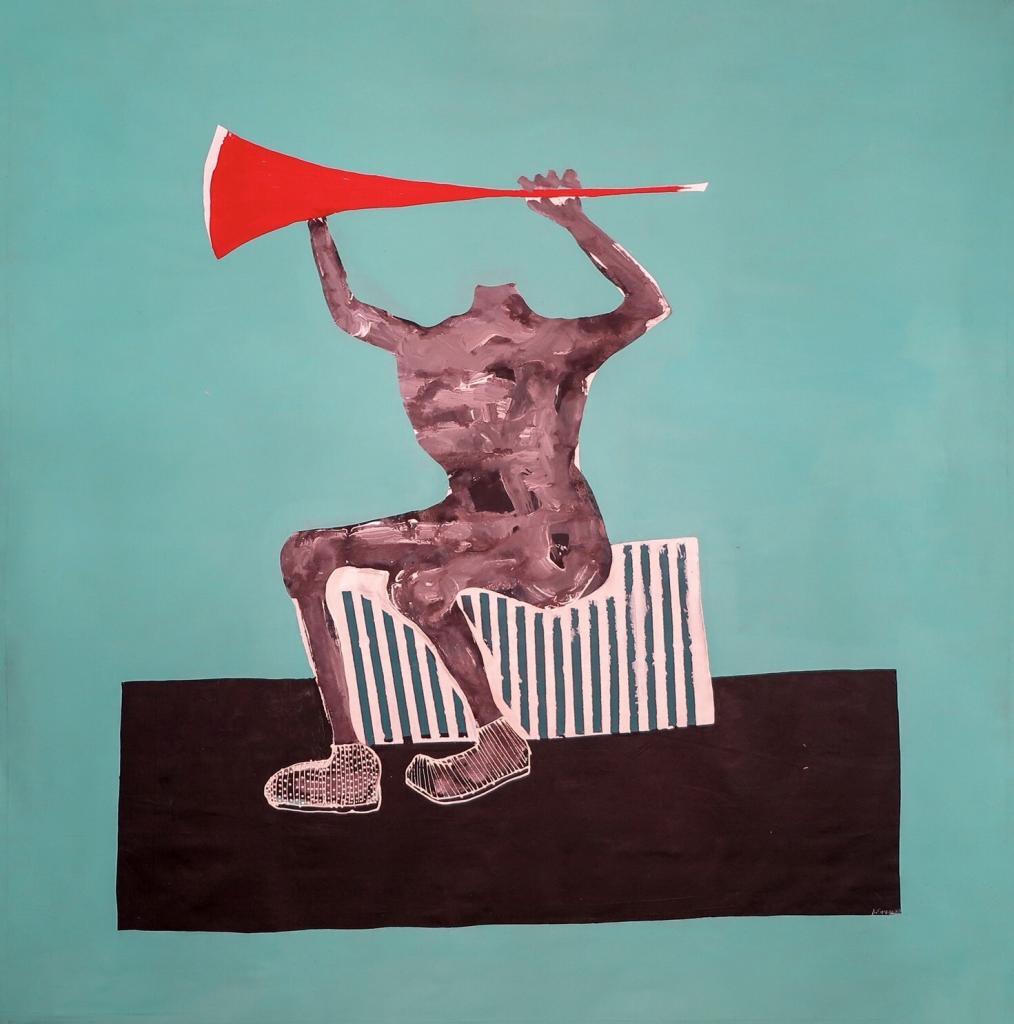
All this work seems to be paying off. This year, the Akaa fair will welcome new participants, and not the least: Anne de Villepoix, GVCC, the oldest gallery in Morocco, but also Magnin-A, the gallery of André Magnin, famous pioneer of the continent on behalf of the Pigozzi collection, in the 1990s, after his participation in the exhibition Les magiciens de la Terre. He will exhibit Amadou Sanogo and Gonçalo Mabunda.
And Didier Claes, a great classical art dealer from Black Africa, hunts more and more in the lands of contemporary art. This is reflected in his installation last year in the Ixelles district of Brussels, acquired in contemporary art, leaving the mythical Sablons district, as well as his participation in the fair, where he will present pieces by Kendell Geers. “We also welcome the only Ethiopian gallery,” says Victoria Mann. It will be the Addis Fine Art gallery opened in January 2016 and will present the work of Tariku Shiferaw. “Africa is not composed of emerging scenes, but of emerging markets,” she said. A healthy reminder.

